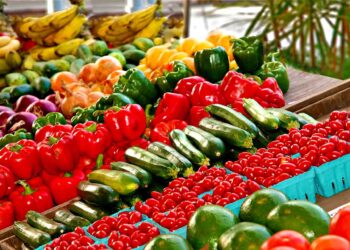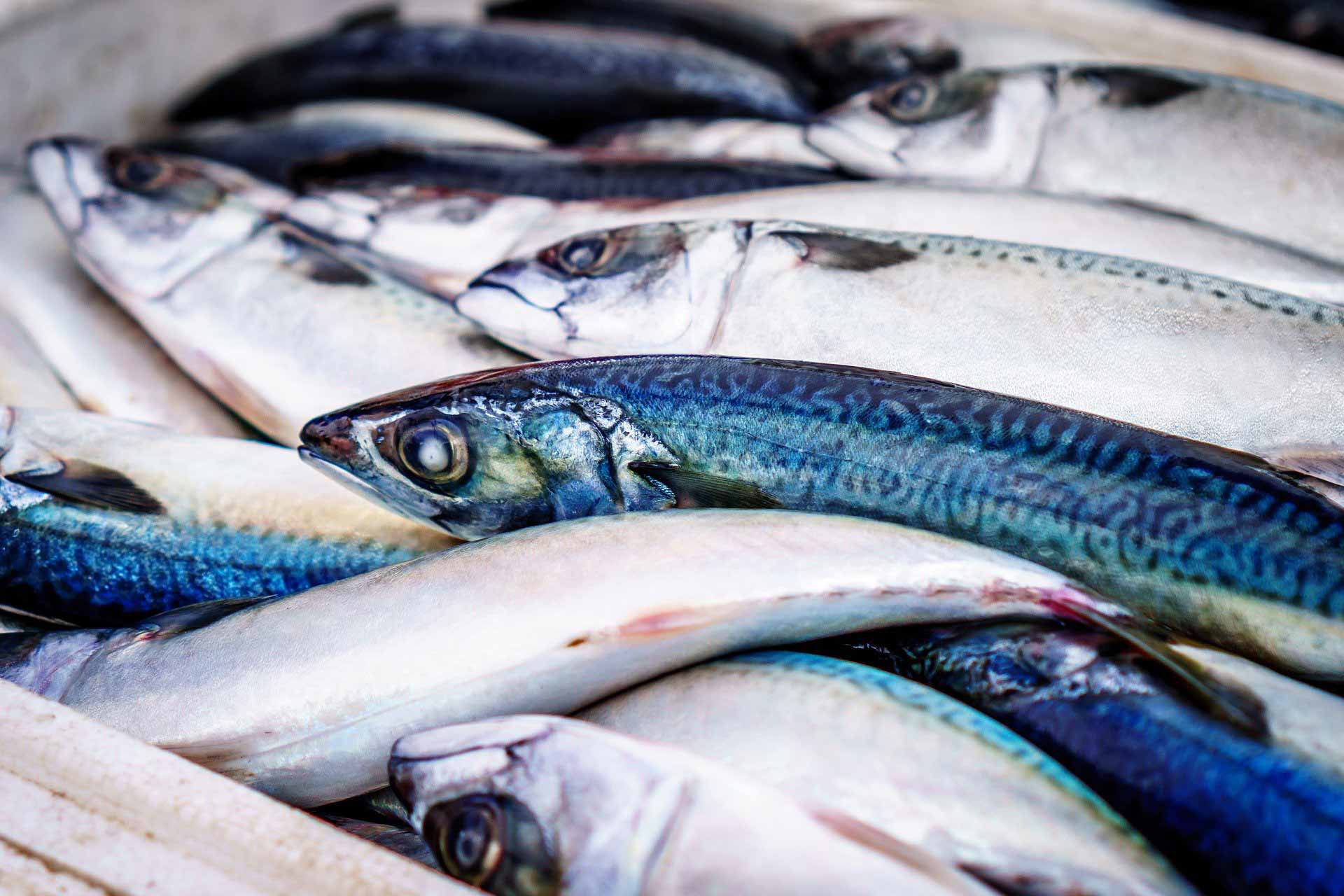Poor regions have been worst affected and they are unable to afford a healthy diet, forced to choose cheaper and less nutritious foods. According to the 2020 Regional Overview of Food Security and Nutrition, the region’s poor have been worst affected. The report is jointly produced by the Food and Agriculture Organization (FAO), the UN Children’s Fund (UNICEF), the World Food Programme (WFP) and the World Health Organization (WHO).
2020 Regional Overview of Food and Nutrition
Healthy diet and food prices
“The outbreak of COVID-19 and a lack of decent work opportunities in many parts of the region, alongside significant uncertainty of food systems and markets, has led to a worsening of inequality, as poorer families with dwindling incomes further alter their diets to choose cheaper, less nutritious foods,” the agencies said.
Due to higher prices for fruits, vegetables and dairy products, it has become nearly impossible for poor people in Asia and the Pacific to achieve healthy diets, the affordability of which is critical to ensure food security and nutrition for all – and for mothers and children in particular.
As a result, progress is also slowing on improving nutrition, a key target for the Sustainable Development Goals (SDGs). As of 2019, over 350 million people in the region are estimated to have been undernourished, with an about 74.5 million children under five stunted (too short for their age) and 31.5 million suffering from wasting (too thin for height).
‘Impact most severe in first 1,000 days’
The UN agencies went on to note that while nutrition is vitally important throughout a person’s life, the impact of a poor diet is most severe in the first 1,000 days, from pregnancy to when a child reaches the age of two. “Young children, especially when they start eating their ‘first foods’ at six months, have high nutritional requirements to grow well and every bite counts,” they said.
The agencies called for an integrated systems approach – bringing together food, water and sanitation, health, social protection and education systems – to address underlying factors and achieve healthy diets for all mothers and children.
UNICEF to feed hungry children in UK after the Second World War

‘Changing face of malnutrition’
They also highlighted the “changing face” of malnutrition, with highly processed and inexpensive foods, readily available throughout Asia and the Pacific. Often packed with sugar and unhealthy fats, such food items lack the vitamins and minerals required for growth and development and also increase the risk of obesity, diabetes and cardiovascular disease.
The report urged governments to invest more in nutrition and food safety to promote healthy diets, as well as regulate sales and marketing of food for consumers, especially children. It also highlighted the need for action within the private sector, given the sector’s important role in the food system and its value chains for achieving healthy diets.















